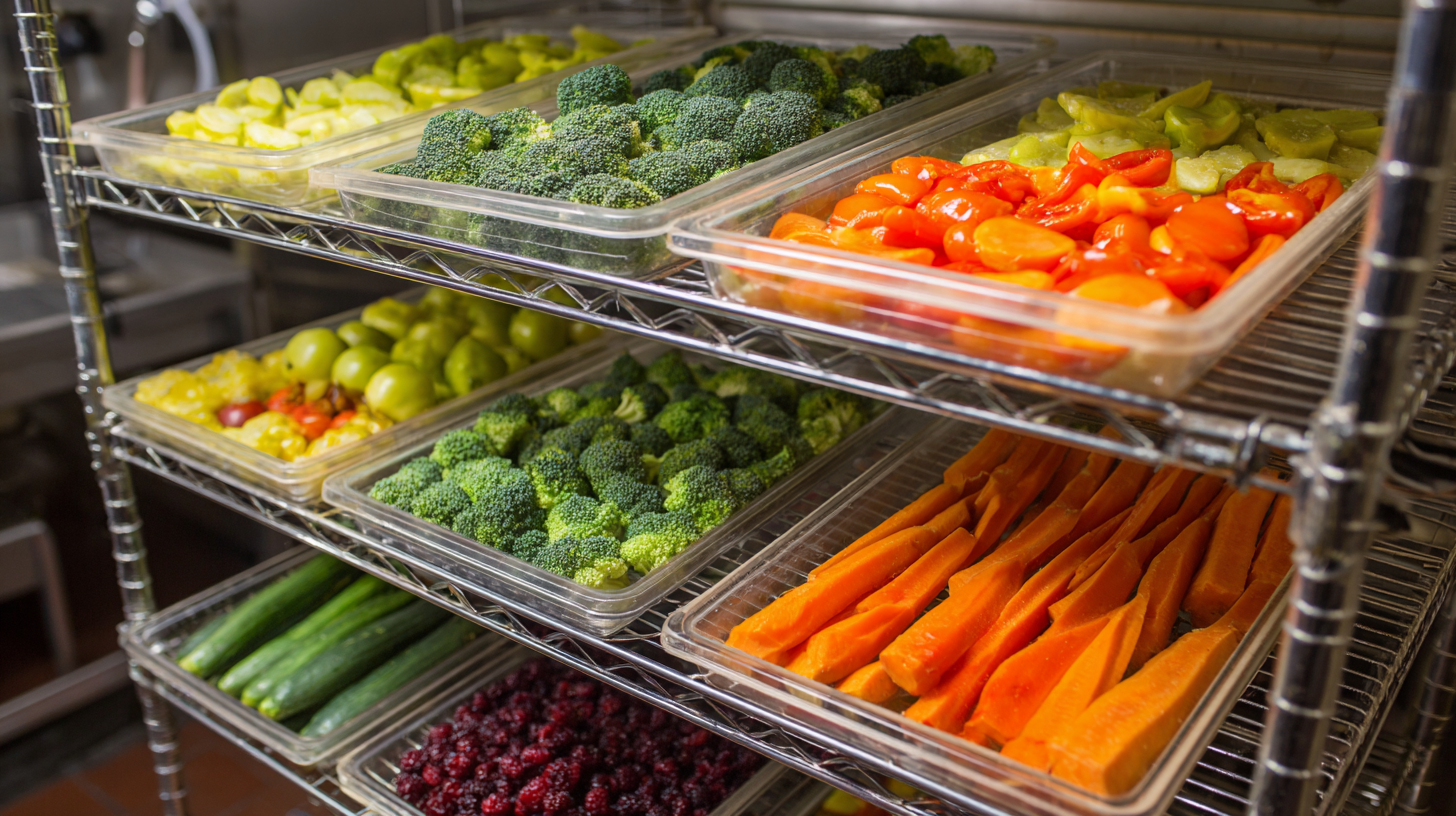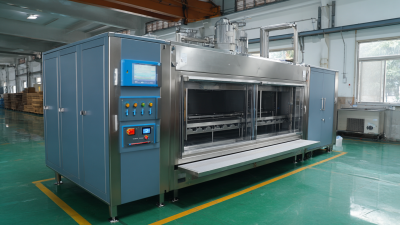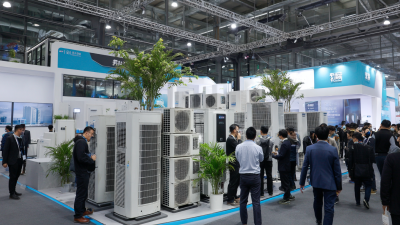Leave Your Message
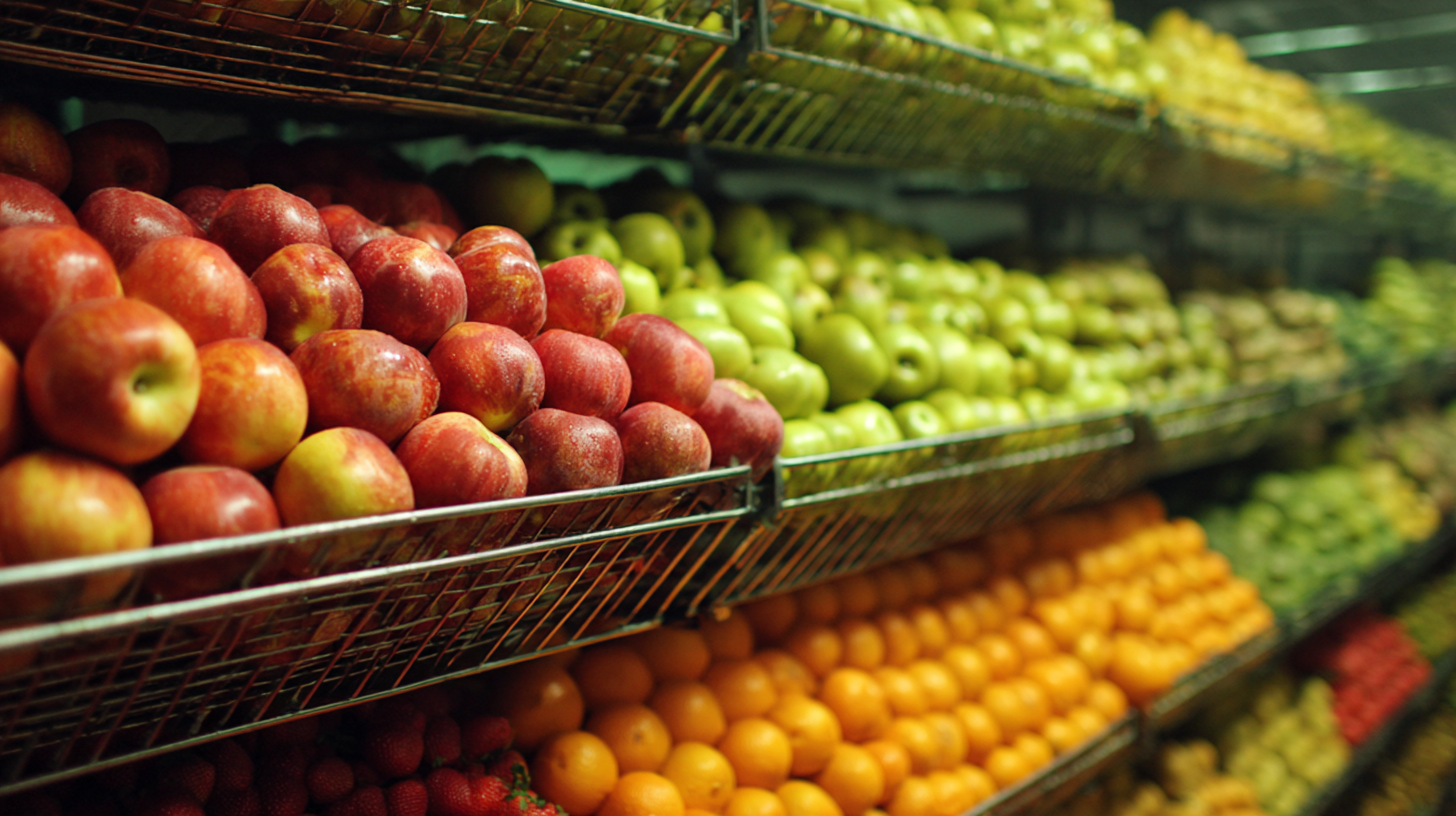 With the rising demand for nutrient-rich snacks and the growing interest in healthy eating habits, understanding the efficiency of a Fruit Vegetable Dryer has become increasingly important. According to a report by the International Food Research Journal, drying fruits and vegetables can preserve over 90% of their nutrients when done correctly, compared to conventional preservation methods. This efficient drying process not only enhances shelf life but also maintains the vibrant flavors and textures of produce. Innovations in drying technology, such as optimized temperature control and low-pressure environments, have led to significant improvements in nutrient retention. Research from the Institute of Food Technologists indicates that modern fruit and vegetable dryers can achieve efficiency rates exceeding 80%, making them an essential tool for both home and commercial kitchens. This guide will delve into the science behind these dryers, providing insights on maximizing nutrient retention and embracing a healthier lifestyle.
With the rising demand for nutrient-rich snacks and the growing interest in healthy eating habits, understanding the efficiency of a Fruit Vegetable Dryer has become increasingly important. According to a report by the International Food Research Journal, drying fruits and vegetables can preserve over 90% of their nutrients when done correctly, compared to conventional preservation methods. This efficient drying process not only enhances shelf life but also maintains the vibrant flavors and textures of produce. Innovations in drying technology, such as optimized temperature control and low-pressure environments, have led to significant improvements in nutrient retention. Research from the Institute of Food Technologists indicates that modern fruit and vegetable dryers can achieve efficiency rates exceeding 80%, making them an essential tool for both home and commercial kitchens. This guide will delve into the science behind these dryers, providing insights on maximizing nutrient retention and embracing a healthier lifestyle.
Understanding nutrient retention is crucial when it comes to drying fruits and vegetables. One of the primary factors influencing nutrient preservation during the drying process is temperature. High temperatures can lead to the degradation of sensitive vitamins, such as vitamin C and several B vitamins. Therefore, employing a drying method that allows for moderate heat exposure is essential to minimize nutrient loss while effectively removing moisture. Low-temperature drying techniques, including air drying or using specialized dehydrators, can help maintain the integrity of vital nutrients.
Another significant aspect of nutrient retention is the drying time. Extended drying periods can lead to greater nutrient losses, particularly for those nutrients that are sensitive to oxidation and light. To maximize efficiency rates, it is important to monitor moisture removal and stop the process once optimal dryness is achieved. Additionally, using techniques such as blanching before drying can enhance nutrient retention by deactivating enzymes that might otherwise lead to nutrient degradation. By considering these factors, consumers can make informed choices when it comes to preserving the nutritional value of their dried fruits and vegetables.
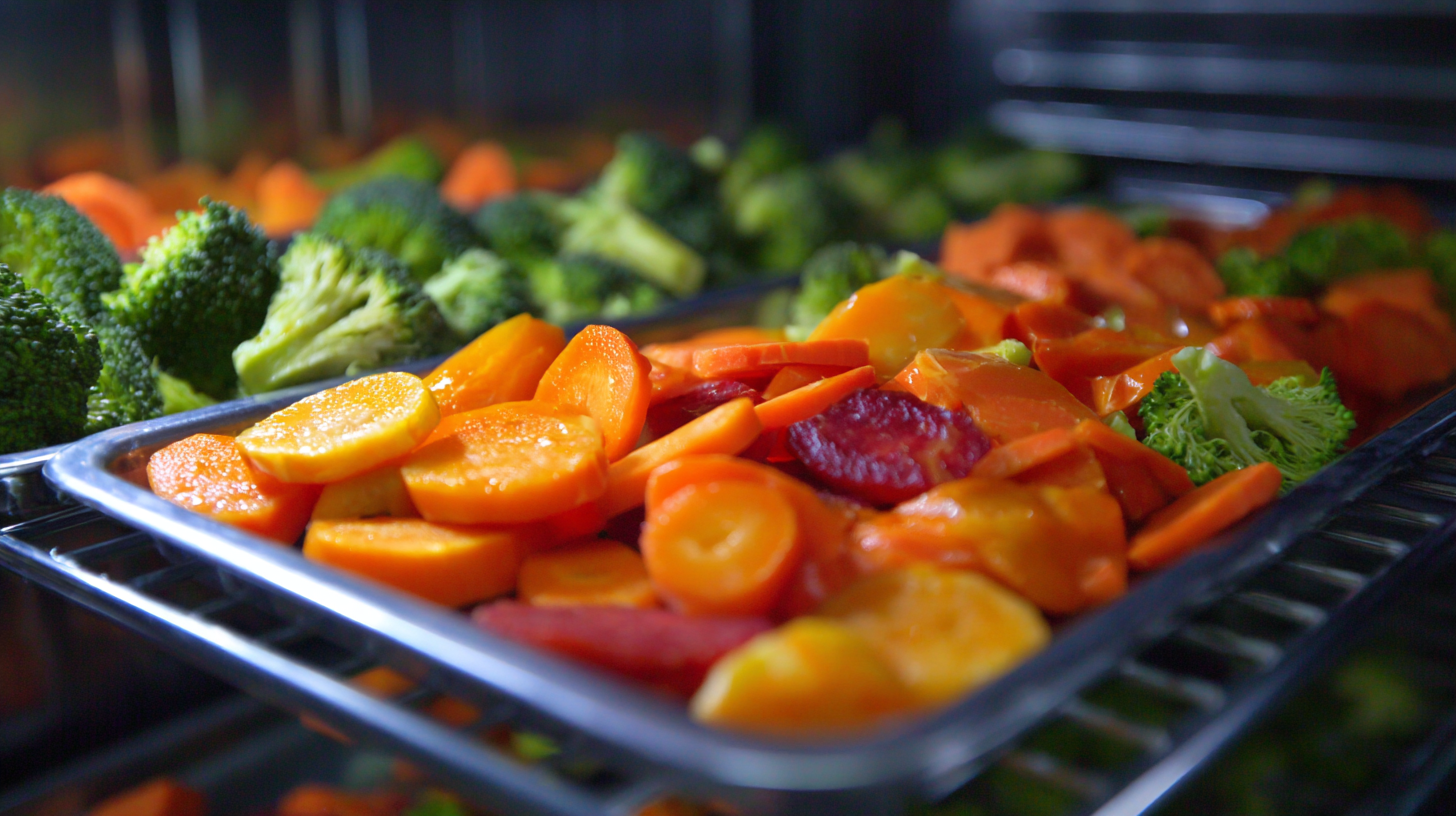 When it comes to drying fruits and vegetables, the type of dryer you choose can significantly impact nutrient retention. Different drying methods—such as sun drying, air drying, and various mechanical dehydrators—exhibit varying efficiencies when it comes to preserving essential vitamins and minerals. For instance, while traditional sun drying is cost-effective, it may lead to greater loss of moisture-sensitive nutrients due to prolonged exposure to sunlight and heat. In contrast, modern electric dehydrators, especially those equipped with temperature controls and airflow regulation, tend to retain nutrients more effectively by providing a consistent drying environment.
When it comes to drying fruits and vegetables, the type of dryer you choose can significantly impact nutrient retention. Different drying methods—such as sun drying, air drying, and various mechanical dehydrators—exhibit varying efficiencies when it comes to preserving essential vitamins and minerals. For instance, while traditional sun drying is cost-effective, it may lead to greater loss of moisture-sensitive nutrients due to prolonged exposure to sunlight and heat. In contrast, modern electric dehydrators, especially those equipped with temperature controls and airflow regulation, tend to retain nutrients more effectively by providing a consistent drying environment.
In the pursuit of maximizing nutrient retention in dehydrated fruits and vegetables, understanding optimal drying temperatures is vital. Research indicates that exposing produce to excessive heat can lead to the degradation of essential vitamins, especially vitamin C and certain B vitamins. A study published in the "Journal of Food Science" highlights that maintaining drying temperatures below 60°C (140°F) can preserve up to 90% of the nutritional content in most fruits and vegetables. This temperature range strikes an optimal balance, allowing water to escape while retaining the integrity of heat-sensitive compounds.
Moreover, temperature not only influences nutrient retention but also affects the overall efficiency of the drying process. A report from the International Institute of Food Science Technology notes that drying fruits at higher temperatures may expedite moisture removal but can significantly reduce the shelf life due to nutrient loss and changes in flavor and color. Hence, for those looking to retain the maximum health benefits of their dried produce, adhering to science-based guidelines of drying at lower heat settings is imperative. Incorporating these practices not only enhances the nutritional value of dehydrated foods but also contributes to better overall consumer satisfaction.
This chart illustrates the nutrient retention rates of various fruits and vegetables when dried at optimal temperatures. The data shows the percentage of key nutrients retained after drying processes at different temperatures.
The role of drying methods in maintaining the quality of fruits and vegetables is crucial for both flavor and color preservation. Traditional drying methods, such as sun-drying, often lead to significant nutrient loss and degradation of vibrant colors due to prolonged exposure to heat and light. In contrast, modern techniques like freeze-drying and vacuum drying reduce the loss of volatile compounds, ensuring that the natural flavors are locked in. These methods not only retain the vivid hues of the produce but also maintain their nutritional profiles, making them more desirable for consumers seeking health benefits.
Moreover, the efficiency rates of various drying technologies impact the overall quality of preserved fruits and vegetables. For instance, advancements in dehydrators equipped with optimal temperature and humidity controls enable a quicker drying process, effectively preventing enzymatic reactions that can lead to spoilage. As a result, producers are better able to offer products that not only taste fresh but also visually appealing. This synergy of science and technology in drying methods underscores the importance of optimal processing in retaining the essence of fruits and vegetables, influencing both consumer preferences and market competitiveness.
| Drying Method | Nutrient Retention (%) | Flavor Preservation (%) | Color Retention (%) | Average Drying Time (hours) |
|---|---|---|---|---|
| Freeze Drying | 90-95 | 85-90 | 90-95 | 24-48 |
| Hot Air Drying | 70-80 | 75-80 | 70-80 | 6-12 |
| Infrared Drying | 80-90 | 80-85 | 75-85 | 3-6 |
| Microwave Drying | 75-85 | 75-80 | 70-75 | 1-3 |
| Solar Drying | 60-75 | 70-75 | 65-75 | 8-24 |
Recent advancements in fruit and vegetable drying technologies have revolutionized the way we preserve nutrients while enhancing the efficiency of the drying process. Innovations such as infrared drying, microwave-assisted drying, and vacuum drying have gained attention for their ability to retain vitamins and antioxidants that are often lost in traditional drying methods. These cutting-edge techniques not only speed up the drying time but also ensure that the flavor and color of the produce remain intact, offering consumers a high-quality end product.
Furthermore, the development of intelligent drying systems equipped with sensors and automated controls allows for precise temperature and humidity adjustments throughout the drying process. Such systems can optimize energy consumption and reduce waste, making them more sustainable options compared to outdated methods. As researchers continue to explore new materials and techniques, the potential for increasing the efficiency and nutritional value of dried fruits and vegetables is greater than ever, paving the way for healthier snacking alternatives in the market.
